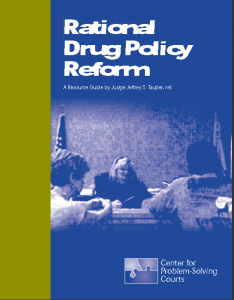A three judge Federal Panel that has been demanding the reduction in California prison overcrowding has decided to give Governor Brown one last opportunity to reduce prison overcrowding under a new state plan.
The order from the three-judge panel delayed an April deadline to reduce the prison population to about 112,000 inmates. California remains more than 5,000 inmates over a limit set by the courts, even though the state has reduced its prison population by 25,000 by shifting less serious prisoners to county jails over the last two years
Seen as a major win for Brown and the democratic legislature, Monday’s order instructed the state to immediately carry out a series of measures to either release or move inmates from state prisons. These include: increase credits for nonviolent second-strike offenders and minimum custody inmates; set earlier parole eligibility for some nonviolent offenders; ease parole for inmates who are older than 60 and have already served at least 25 years in prison; and expand alternative custody programs for female inmates.
The judges also backed a state proposal to appoint a compliance officer to ensure California is on track to comply with the inmate population cap.As part of the order, the court barred prison officials from exceeding the current 8,900 inmates in out-of-state prisons, limiting a tactic the Brown administration has used to lessen overcrowding in California’s prisons.
In a statement, Brown called the order “encouraging.”
“The state now has the time and resources necessary to help inmates become productive members of society and make our communities safer,” the governor said. Brown has committed the state to spend $80 million over the next two year on rehabilitation and reentry programs that will increase the number of successful reentries into society.








